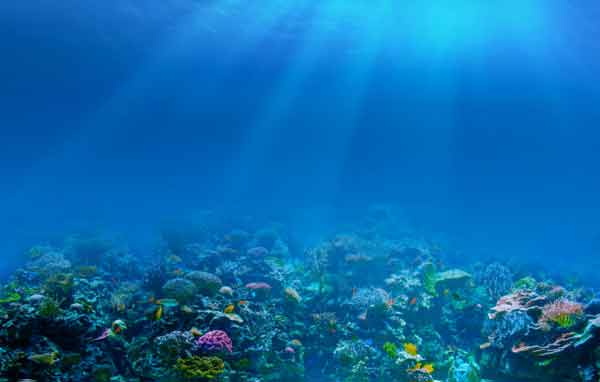
Washington, US (BBN) - A giant laser in the sky is helping us better understand our oceans.
It’s known as the Cloud-Aerosol Lidar with Orthogonal Polarization (CALIOP), and it’s a NASA instrument housed aboard the Cloud-Aerosol Lidar and Infrared Pathfinder Satellite Observation (CALIPSO) satellite launched a decade ago in 2006, reports digitaltrends.com.
Using a laser, the CALIOP has been helping scientists monitor plankton in polar regions for the last nine years.
“CALIOP was a game changer in our thinking about ocean remote sensing from space,” said Chris Hostetler, a research scientist at NASA’s Langley Research Center.
“We were able to study the workings of the high-latitude ocean ecosystem during times of year when we were previously completely blind,” he added.
Before the CALIOP era, the space agency was only able to keep tabs on plankton levels when the sun was cooperating.
But because the Lidar-based system doesn’t actually need sunlight or any other external light source to monitor plankton, it’s capable of collecting data at all times of the day and night, and through different weather conditions, too.
And now, NASA scientists have made a new discovery regarding plankton, specifically that “small, environmental changes in polar food webs significantly influence the boom-and-bust, or peak and decline, cycles of phytoplankton.”
This, the space agency team says, could be instrumental in helping humans better understand the interactions between Earth’s climate and key ocean ecosystems.
“It’s really important for us to understand what controls these boom-and-bust cycles, and how they might change in the future so we can better evaluate the implications on all other parts of the food web,” said Michael Behrenfeld, a marine plankton expert at Oregon State University in Corvallis.
Moving forward, NASA hopes to better leverage lidar technology, which could help scientists more accurately measure the distribution of plankton.
Having this sort of information, NASA says, is “critical for understanding cycling of ocean carbon, and for determining and managing the health of global ocean ecosystems.”
BBN/MS/ANS